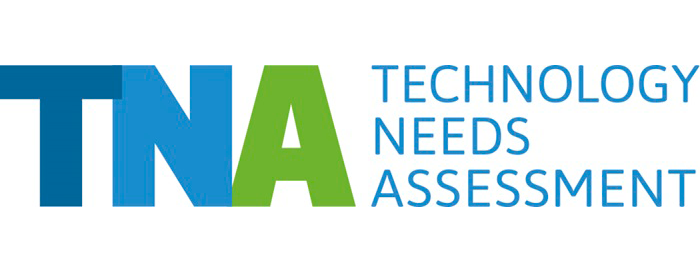Trinidad and Tobago has chosen an integrated approach to their Technology Needs Assessment (TNA), linking it strongly to international climate action commitments and the national development process. UNEP DTU Partnership recently asked the National TNA Coordinator for Trinidad and Tobago, Kishan Kumarsingh, about his country’s approach to TNA. Mr Kumarsingh is Head of the Multilateral Environmental Agreements Unit at the Ministry of Planning and Development.
A strong foundation
As a fossil fuel producer with a high level of industrialisation Trinidad and Tobago is the most developed nation and one of the wealthiest in the Caribbean. At the same time, the country is also vulnerable to climate change impacts.
There is already a strong policy and action-oriented foundation and political commitment for climate change action, manifested in the National Climate Change Policy, the Carbon Reduction Strategy (CRS) and the Vulnerability Capacity Analysis (VCA), and the country’s Nationally Determined Contributions (NDCs) to the Paris Agreement.
Integrated approach to the TNA
At the TNA inception mission in 2018, it was agreed to base the TNA on the NDC as a starting point. Trinidad and Tobago’s NDC is focused on mitigation, following the country’s Carbon Reduction Strategy (CRS) – and the NDC implementation plan. The TNA for Adaptation would be based on the recently completed Vulnerability and Capacity Assessment (VCA) report.
The TNA would thus build on extensive recent work focussing on a low carbon strategy, addressing vulnerabilities, and working towards increased climate resilience.
Basing the TNA on the NDC, which is in turn based on the CRS and the VCA, reinforces the importance of building on existing climate-change and national-development efforts, an approach that Kishan Kumarsingh explains as follows:
With the foregoing in mind, the TNA was adapted to respond to, and build on the substantive amount of work and analysis already conducted. In respect of the NDC, and given that it is an international commitment, the areas identified therein are the focus of the TNA. In respect of the VCA, the identified vulnerable sectors provided the focus for enhancing climate resilience in the national development process.
At the time of designing the TNA, Trinidad and Tobago was already fairly advanced in assessing its emissions portfolio and climate risk vulnerabilities, as part of implementing its National Climate Change Policy (NCCP) of 2011.
The CRS was completed in 2015. It developed a business-as-usual (BAU) emissions baseline to 2040 in the three most emitting sectors: power generation, transportation and industrial sectors.
It included an analysis of mitigation options and applicable technologies, and the iNDC was derived from the CRS.
The VCA was also part of the implementation of the NCCP. This allows interventions to reduce or eliminate these risks to be integrated into national development planning in all vulnerable sectors. Thus, climate resilience is built on an incremental basis as opposed to planning for adaptation on a project-based approach which means adapting to long-term climate impacts through present day adaptation intervention.
Adding value
With focal areas and required strategies already decided, the TNA process in Trinidad and Tobago adds value to the existing NDC, CRS and VCA processes by providing more details for decision-making.
“The TNA process delves in more detail as to the specific technological applications and technologies that could be employed using further MCA analysis. The prioritised technologies would fast-track facilitate decision making at the policy and practical levels, and implementation at the ground level,” Kishan Kumarsingh says.
The TNA coordinator and Head of the Multilateral Environmental Agreements Unit mentions how the TNA process will help zero in on required technologies to reach the already set goals.
In the case of the VCA, the approach determines technology that can maximise benefits across vulnerable sectors for example in the water resources, agriculture and human health sectors.
Lessons learned
Looking at the approach of Trinidad and Tobago, that main question for Kishan Kumarsingh remains: What can other countries learn from Trinidad & Tobago’s TNA approach?
Given that climate change is mainly a development issue, the TNA process is not a standalone process that is separated from the national development process that addresses climate change separately and specifically. The TNA process should therefore be viewed as an opportunity to identify, assess, adapt, adopt, synergise, and implement relevant technologies and technological applications, within the national development process, to address climate change through low carbon development pathways and building climate resilience.
